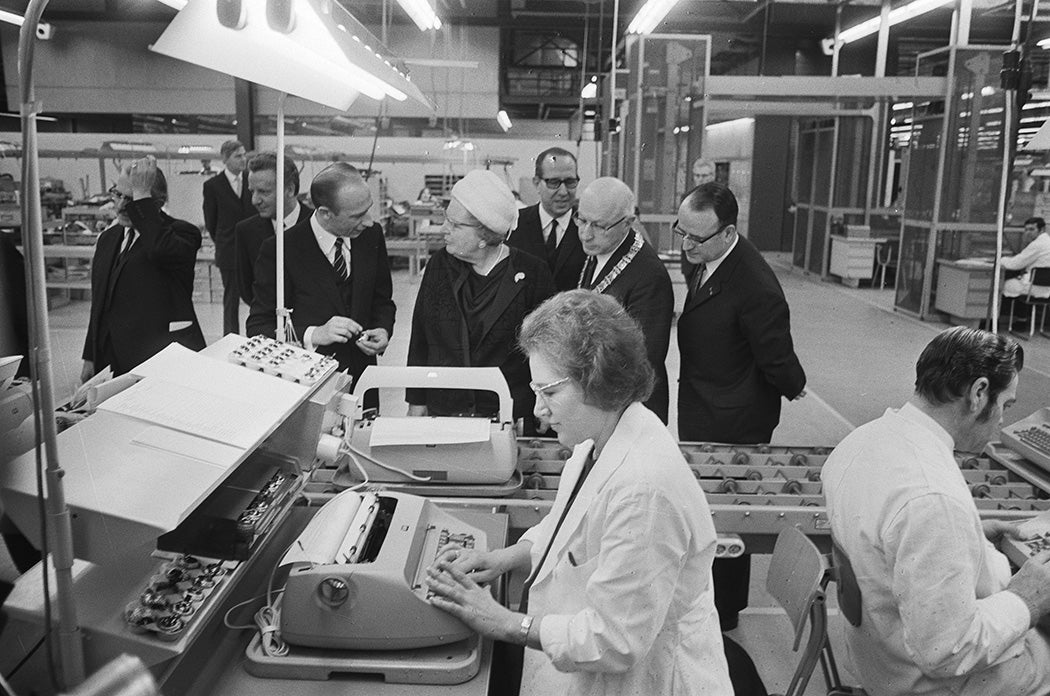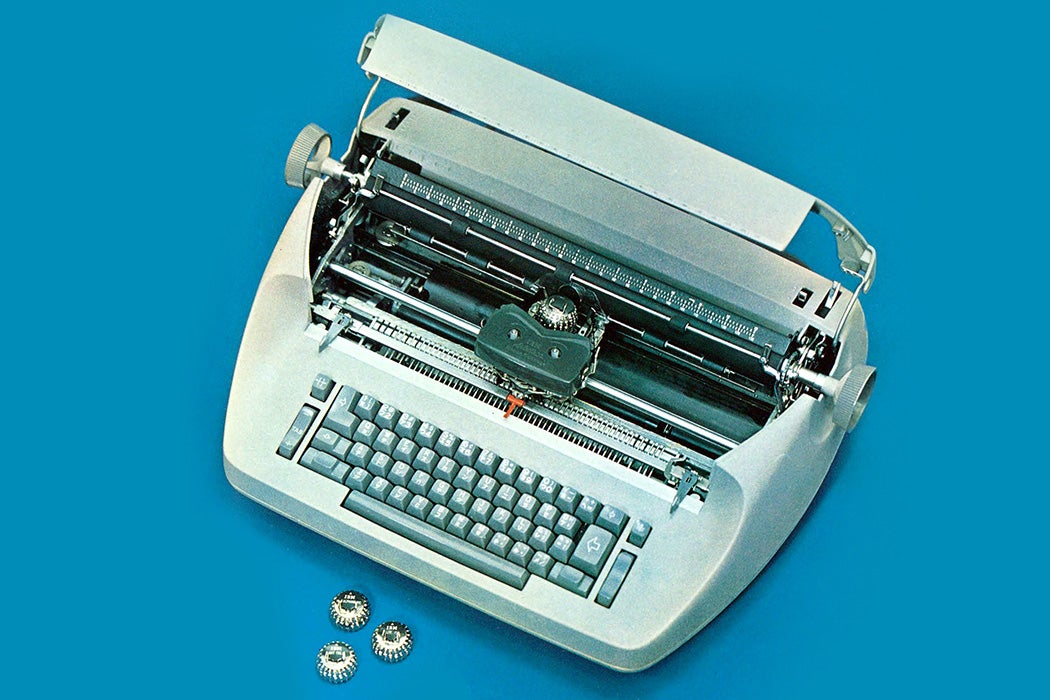World War II had ended, and International Business Machines had a problem. Its CEO, Thomas J. Watson, wanted to fulfill the mission implied in its name and move beyond its base in the United States. But the European countries where it hoped to find customers were worried about the effects of imports on their domestic manufacturing industries. As historians Peti Paju and Thomas Haigh explain, the company came up with an innovative solution.
Until the postwar period, Paju and Haigh write, IBM’s operations outside the US were a mishmash of joint ventures, subsidiaries, and licensing agreements with no unified strategy. Much worse, the company’s German subsidiary, under the leadership of Nazi Party supporter Willy Heidinger, had played a significant role in the Holocaust. And, as the Cold War began, some of its operations in Eastern Europe were expropriated by communist governments.
In 1949, the company rolled out a new venture to systematize the disparate European operations, creating units in different countries that were wholly owned by a new entity known as the Word Trade Corporation. A key product for the new corporation was electric typewriters. Although they weren’t the moneymaker that IBM’s punch card machines were, the relatively inexpensive typewriters gave salespeople a foot in the door with customers the company wanted to cultivate.
In terms of sheer efficiency, Paju and Haigh write, IBM could have supplied all of Europe with typewriters from a single plant. But import restrictions would have limited its ability to sell them across borders. On the other hand, setting up supply chains and factories to complete the entire manufacturing process separately in each country was impractical.

So World Trade had the final assembly of each machine take place in the country where it would be purchased. Parts manufacturing, on the other hand, was spread across all the countries in a way that attempted to balance imports and exports as closely as possible. If France bought a quarter of all typewriters sold in Europe, it should make a quarter of the components. This system also insulated the company against potential seizure by a national government, since it could shift production elsewhere with relative ease.
Paju and Haigh note that the plan was less operationally efficient than a more centralized system and sometimes resulted in quality control issues. But IBM was willing to take those hits to make inroads across the continent.
Another motivation was Watson’s ideological commitments. He was a fervent believer in the newly created United Nations and the US government’s Marshall Plan, and he viewed economic interdependence among European countries as a way to maintain the peace—an idea that would also propel the European Common Market, which formed in 1957 and later became the European Union.
Weekly Newsletter
Paradoxically, this commitment to world peace and universalism reflects IBM’s identity as a distinctly American brand.
“IBM’s iconic Americanism was, in keeping with the political internationalism of the Cold War era, a reflection of its confident and successful engagement with the world overseas,” Paju and Haigh write.







